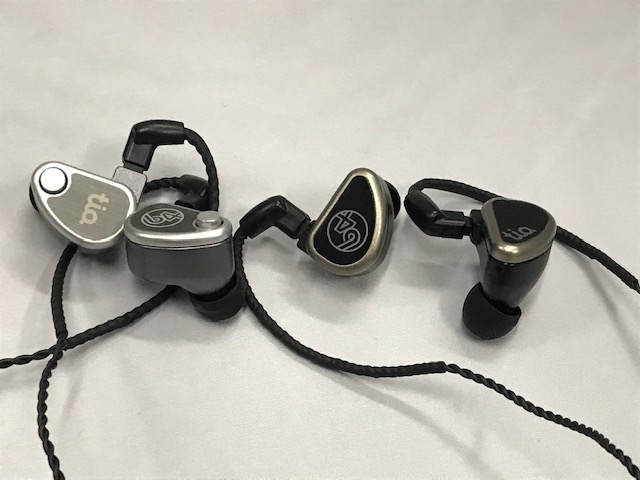We’ve had some folks write in, asking us about the differences in sound between the 64 Audio U12t and the tia Trio, since they’re both priced in the same ballpark. Much has already been written about these two models. So, this review is for those who are already familiar with at least one of these IEMs, but are hesitant to make the commitment. Which sound signature suits your taste and application? Let’s find out in this 64 Audio U12t vs 64 Audio tia Trio Review.
64 Audio U12t vs 64 Audio tia Trio Review
FIT
The shells on the U12t and the Trio are the same size, and they both employ the same memory-wire fit. Unlike so many other IEMs in this echelon, the earpieces are compact. So, you won’t run into any comfort issues, like you might with a Noble Audio or Campfire Audio model. Both IEMs also offer an equal amount of sound isolation.
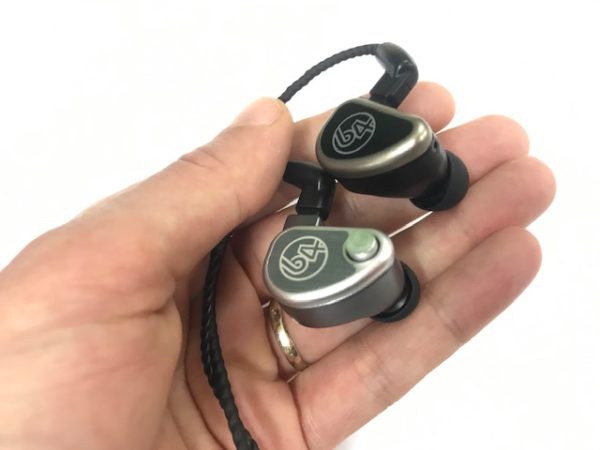
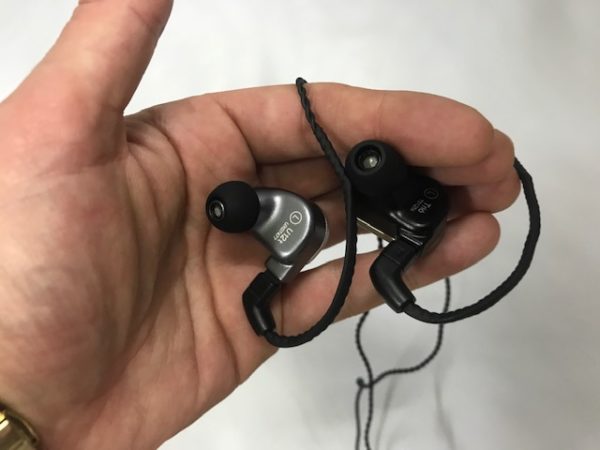
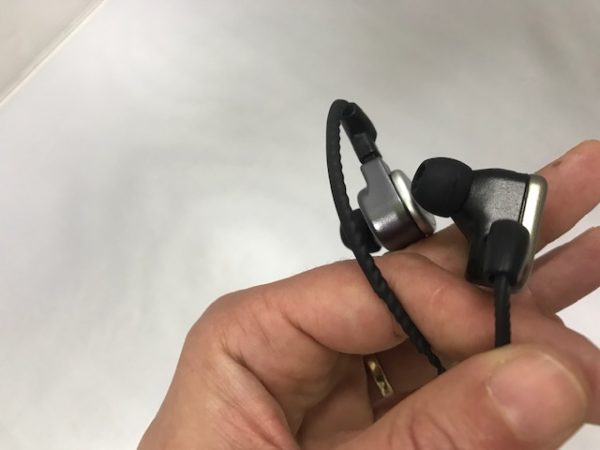
DESIGN
The U12t sports 12 balanced armature drivers; 1 high, 1 high-mid, 6 mid and 4 low. The Trio, on the other hand, has a hybrid driver setup, employing a single dynamic driver for the lows and 2 balanced armatures for the high-mids and highs. The dynamic driver on the Trio should provide some added oomph to the low end, while the driver setup on the U12t should offer a more neutral response in general. This is unsurprising as the U12t is theoretically designed as a musician’s IEM, while the Trio is marketed more towards the audiophile crowd.
Another feature you want to consider is the “apex” vent on the U12t that relieves fatigue-causing sound pressure. This element, along with the more forgiving sound signature makes the U12t most ideal for long listening sessions.
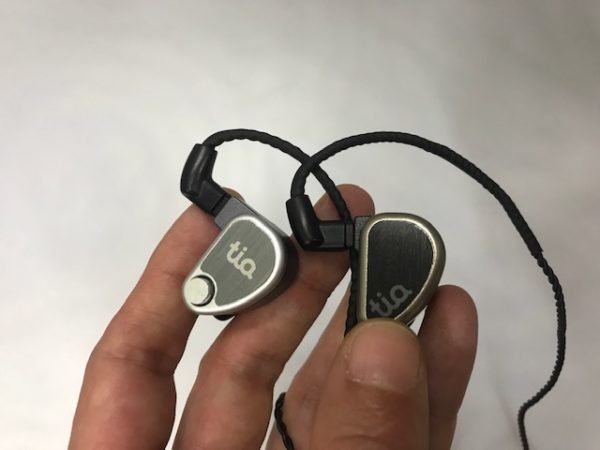
Both IEMs are equally easy to drive. For the purposes of this review, I used the FiiO Q5 to power these buds.
SOUND
Lows
You’ll get warmer and fatter lows from the Trio, while the U12t presents a cleaner and more clinical profile. The depth of the bass is similar, and both have a nice sub frequency extension. However, when comparing a double bass, for example, the U12t shows more accuracy with respect to timbre and resolve, while the Trio presents a richer and more relaxed feel.
Mids
The U12t conveys the flatter midrange, while the tie Trio offers the more dynamic character with vocals sitting more forward in the mix. Again, listening to big rock and pop-rock choruses, you’ll get slightly more warmth from the Trio even though the U12t shows clearer and slightly more present low mids. Listening to folk tracks, the U12t may be a touch more transparent, but the Trio presented a weightier and more colorful tone that still offered just as much realism. The same can be said for classical music. Testing some cellos, the U12t was buoyant and fluid, while the Trio revealed a thicker texture and more majestic feel overall.
Highs
The same contrasts come out in this frequency range. Strings are slightly more detailed and delicate on the U12t, while the Trio is more flavored. You’ll hear a little more high end presence on the Trio as well. Listening to pop, percussion had more snap and sparkle on the Trio, while the U12t was a little more tempered in the highest registers. And although it isn’t a tremendous difference, I’d say the the U12t is easier on the ears.
Soundstage
Let’s just start with the fact that both IEMs offer killer soundstages. In fact, this is my favorite thing about 64 Audio. But you’ll get a slightly more spacious and airy soundstage from the U12t, while the vividness of the Trio gives added sense of dimension to the imaging. But because the U12t offers better separation, the staging feels more a touch more precise.
SUMMARY
If you prefer a relatively neutral and highly accurate sound profile that doesn’t fatigue the ears during long listening sessions, then the U12t is the way to go. But if you’re looking for a more dynamic sound signature with some added warmth and color, the Trio is your baby.
You can find both of these IEMs for the best price here:

